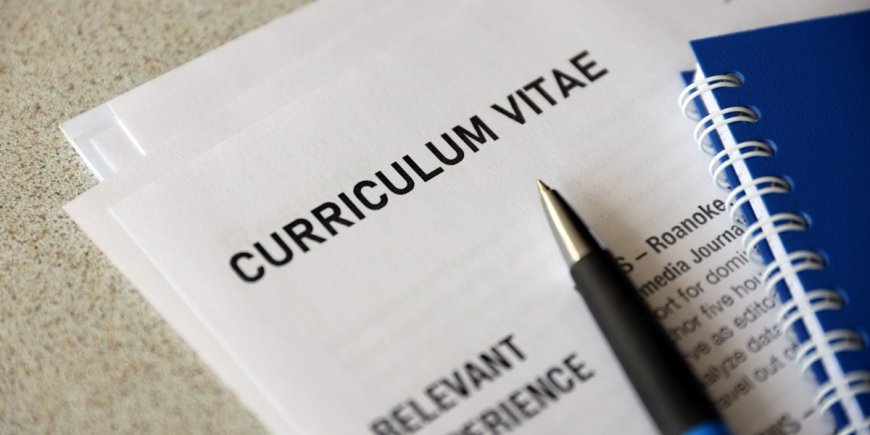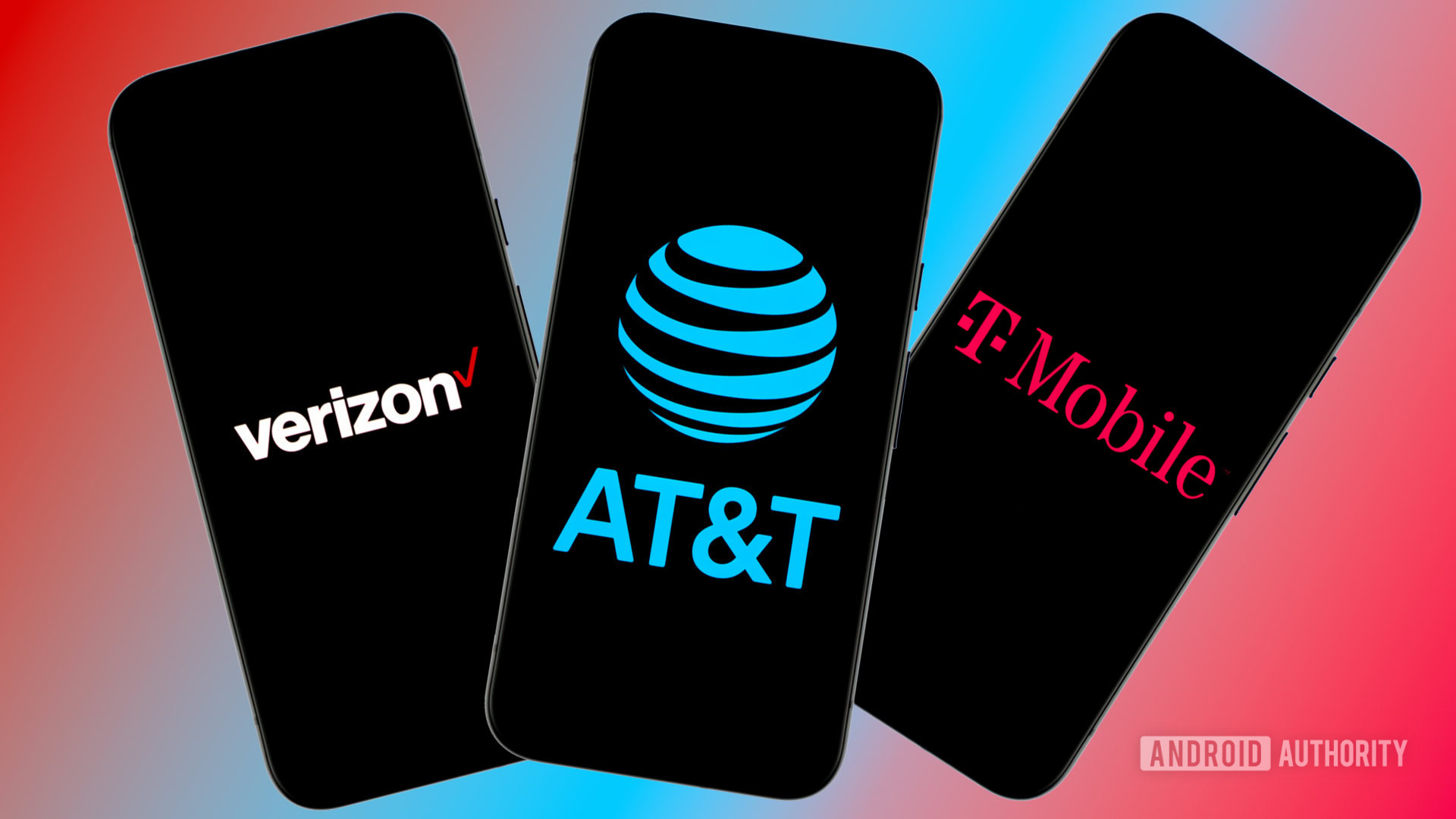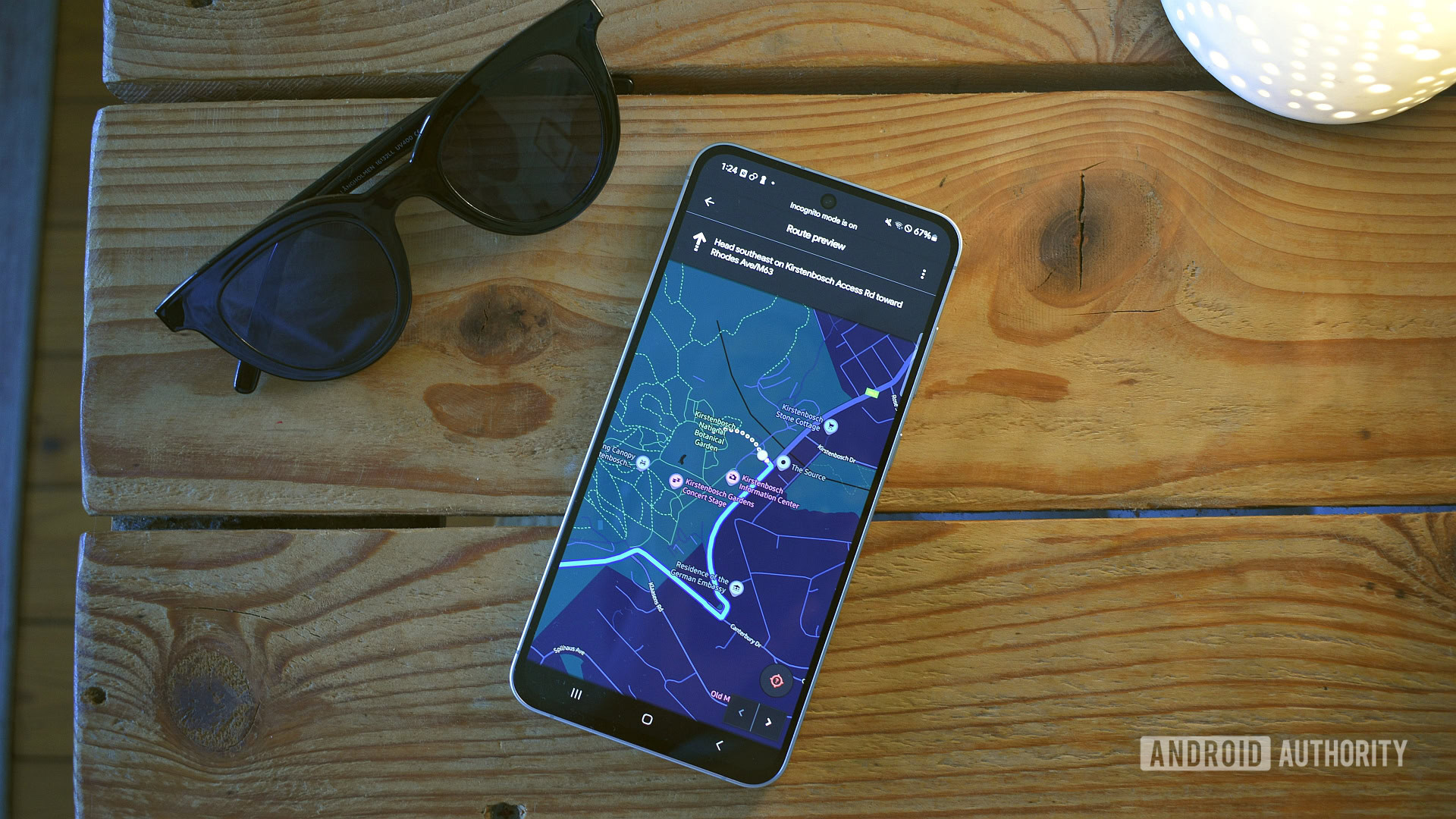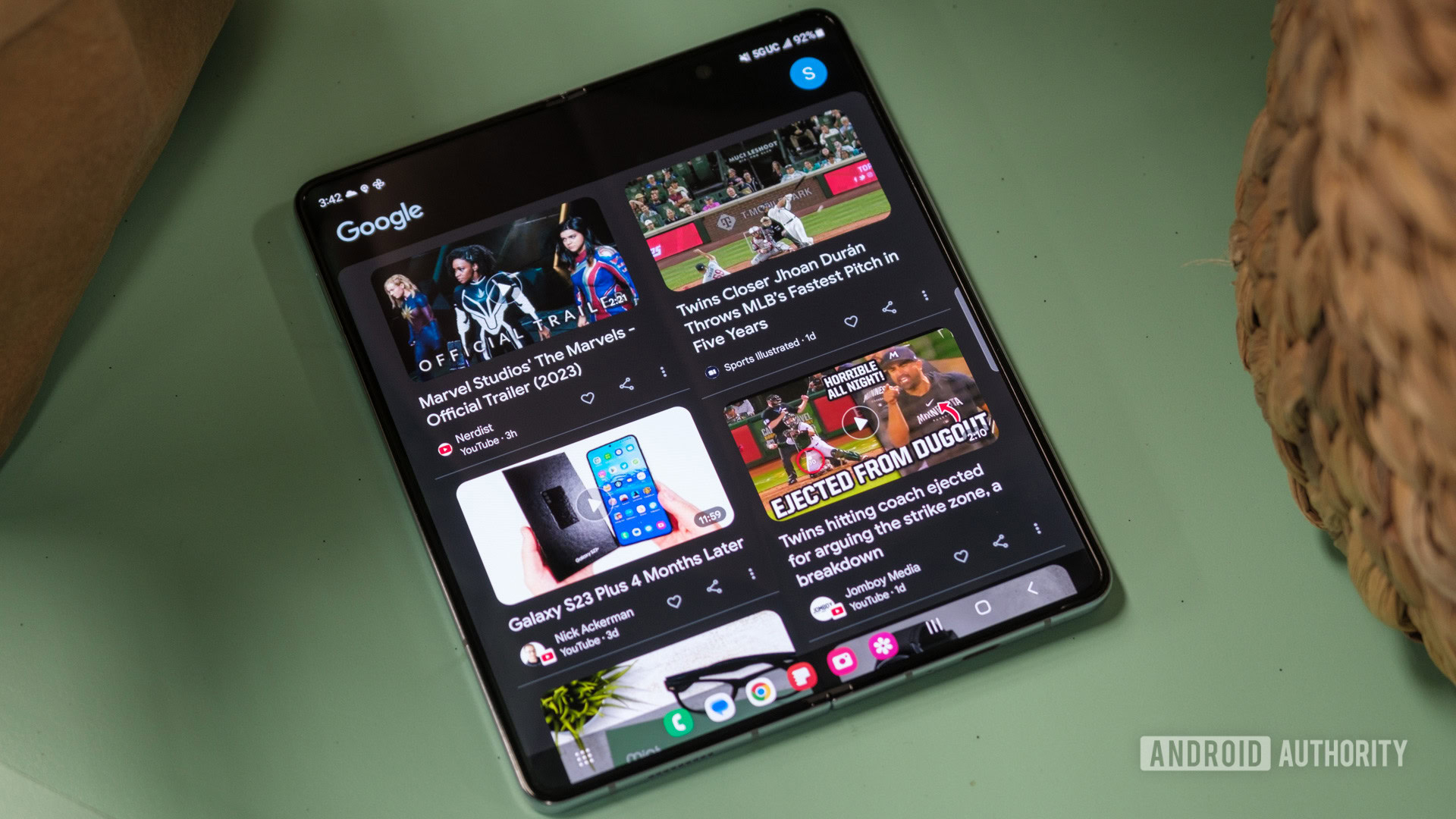Understanding NRD in the Medical Field

When it comes to medical terminology, clinicians sometimes shorten things by using acronyms and abbreviations that normally cannot be understood outside the context of the medical world. Acronyms are used to save time when communicating in person or on the phone; abbreviations make documenting things faster whether you' on a patient record or a computer scanning for something more subtle. One of the acronyms that we will cover in this article is NRD. "NRD" stands for "Non-Responsive Device". What exactly does it mean medically? What does it mean for the patient, and what can we do about it?
1. What is NRD?
Definition of NRD
Non-responsive device (NRD): Medically, NRD is abbreviation used for a medical machine or device that is not working. It can be of various types, viz by function or performance or by connectivity.
2. Causes of NRD
Technical Failures
Malfunctioning Components: Devices may fail due to faulty or damaged components.
Battery Issues: Low or dead batteries can lead to non-responsiveness.
Software Problems
Outdated Software: Devices with outdated firmware or software might not function correctly.
Other issues. This device works with software. If the software has an error (bug) then the device can become unresponsive.
User Error
Improper Use: Failure to operate the device correctly can led to malfunction.
Configuration Issues: Incorrect settings or configurations can lead to device
non-responsiveness.
3. Implications of NRD
Impact on Patient Care
Delayed treatment: devices that fail to provide a response can lead to delays in diagnosis and treatment, which imparts harm on patient outcomes.
Poor monitoring: Incorrect measurement of symptoms Further risks include: Further risks include: Poor monitoring: inaccurate feedback from the device leads to incorrect clinical decisions.
Operational Challenges
More Downtime: more frequent problems caused by your NRD will create more downtime, and probably require additional maintenance or replacement.
Higher Costs: Replacing or repairing non-responsive devices can be costly and strain medical budgets.
4. Addressing NRD Issues
Regular Maintenance
Routine Checks: Conduct regular inspections and maintenance to ensure devices are functioning correctly.
Firmware Updates: Keep the device's software up-to-date to prevent bugs and compatibility issues.
Training and Protocols
User Training: Provide thorough training to medical staff on proper device use and troubleshooting.
Clear Protocols: Establish protocols for reporting and addressing NRD issues promptly.
Technical Support
Manufacturer Support: Contact the device manufacturer for technical support and repair services if needed.
In-House Technicians: Employ skilled technicians to handle maintenance and repairs.
5. Preventive Measures
Quality Assurance
Choose Reliable Devices: Invest in high-quality, reliable devices from reputable manufacturers.
Vendor Evaluation: Assess your vendor and its help desk to make sure you can get help as soon as problems arise.
Documentation and Reporting
Logging Record Issues: Trace all cases of NRD back to see if you can identify previously unknown trouble.
Feedback Loop: Gather feedback from medical staff on device performance and how to handle repeating issues.
Conclusion
NRD in the medical field have significant adverse effect on patient care and also on operational levels. It is essential for various medical personnel to familiarise with the major causes of NRD, address the issues, indicate the various possible solutions, and implement a comprehensive preventive methodology to assure smooth operations without disruption. Through the establishment of routine maintenance, training of users, and quality control, the workable life of medical device would expand and therefore, improve performance and result in better patient care outcome.
FAQs
1. What should I do if a medical device becomes non-responsive?
Check if the device is powered on, reset it and finally read the user manual. If none of these steps solve the problem, get in touch with technical support or the device manufacturer.
2. How can regular maintenance prevent NRD issues?
Inspections and software updates that all users need to perform on a regular basis prevent device malfunctions. Regular maintenance, in my opinion, is the key to the smooth operation of our devices.
3. What are some common signs that a medical device might become non-responsive?
Signs to look out for include irregular machine activity, unresponsive controls and unfavourable error messages. Paying attention to these warning signs might stop problems before they become NRD.
4. Can NRD issues be covered under warranty?
It helps a great deal to read your sales receipt as it often outlines the terms and conditions of the device, how it can be repaired or replaced if it proves to suffer from a defect. As another step, take the device to the retailer that sold it to you and consult their staff, as they have usually been trained on this particular device and can provide you with decent service. Lastly, as a general reminder to all of us: read your sales receipt carefully - it is the only contract you have before spending your money, and it could be your only legal recourse if the merchandise does not end up working as advertised. It helps to keep the receipt and current documentation on the device. Contact the manufacturer if you suspect a problem.
5. How does user training help in preventing NRD?
Good training makes sure that users operate devices appropriately and are able and willing to deal with minor faults – all of which decreases instances of non-responsiveness due to user-error.
What's Your Reaction?
 Like
0
Like
0
 Dislike
0
Dislike
0
 Love
0
Love
0
 Funny
0
Funny
0
 Angry
0
Angry
0
 Sad
0
Sad
0
 Wow
0
Wow
0
















































